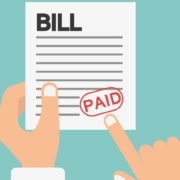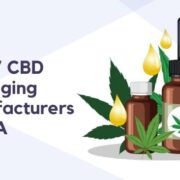Varicose veins are also known as varicosities, this condition occurs when your veins become enlarged or overfilled with blood. This is a serious condition that requires treatment as soon as possible. There is no point in delaying treatment for varicose veins, you should look for a vascular specialist, who will be able to treat varicose veins.
You should look for only a proper solution which is via surgery. The treatment of varicose veins can be done via home remedies also but that is not a 100% solution. Varicose veins typically appear raised and swollen and have a bluish-purple color. They are also quite painful.
This condition is common, especially in women. Around 20% of adults have varicose veins and in most cases, varicose veins appear on legs.
What are the causes of varicose veins?
The main cause of developing varicose veins is when veins don’t work properly. Veins have one-way valves that prevent blood from flowing backward. When these valves fail, blood begins to stay in veins rather than flowing to your heart and because of this, veins enlarge.
Varicose veins affect the legs. The veins are the farthest from your heart and gravity makes it harder for the blood to flow upward.
Some potential causes of varicose veins include:
- Age over 50
- Menopause
- Obesity
- Family history of varicose veins
- Standing for long periods
Symptoms of varicose veins
The main symptoms of varicose veins are visible which are present usually on your legs. You may also have pain, swelling around the enlarged veins. In some cases, you can develop discoloration and swelling. In severe cases, the veins can bleed significantly and ulcers can form.
How to diagnose varicose veins?
The doctor will examine your legs and will check your visible veins while you are sitting to start with the diagnosing process. The doctor might ask you about the symptoms or any pain you are having.
The doctor may also want to do an ultrasound to check your blood flow. This test uses high-frequency waves.
It allows the doctor to see how blood is flowing in your veins. Tests like ultrasound and venograms help ensure that a blood clot is not causing any pain or swelling in the leg.
Treatment and prevention of varicose veins
The doctors are conservative when treating varicose veins. The doctor will advise you to make lifestyle changes instead of trying any other treatments.
Here are some lifestyle changes:
The following changes may help prevent varicose veins from becoming worse:
- Maintain a healthy weight
- Exercise to improve your circulation
- Use stockings or compression socks
- Avoid standing for long periods
If you are suffering from varicose veins, you should take these steps to prevent new varicose veins.
Compression
The doctor may advise you to wear special compression socks. These will place enough pressure on your legs so that blood can flow easily to your heart. By using compression, this will also reduce your swelling.
Surgery
Surgery is the next option if lifestyle changes are not working or causing a lot of pain. Vein ligation is a surgical treatment that requires anesthesia. During the procedure, the doctor will make cuts in your skin, cuts the varicose veins and removes it via an incision.
Conclusion
Varicose veins get worse over time. This is true even if you make some lifestyle changes to control and manage them. While they may look bad, but they don’t cause any long-term medical problems.
Read More
Symptoms of Being Too High on Marijuana
HempWorx CBD Bath Bombs Review
Is Marijuana Legal In California?
Explore More











Comments